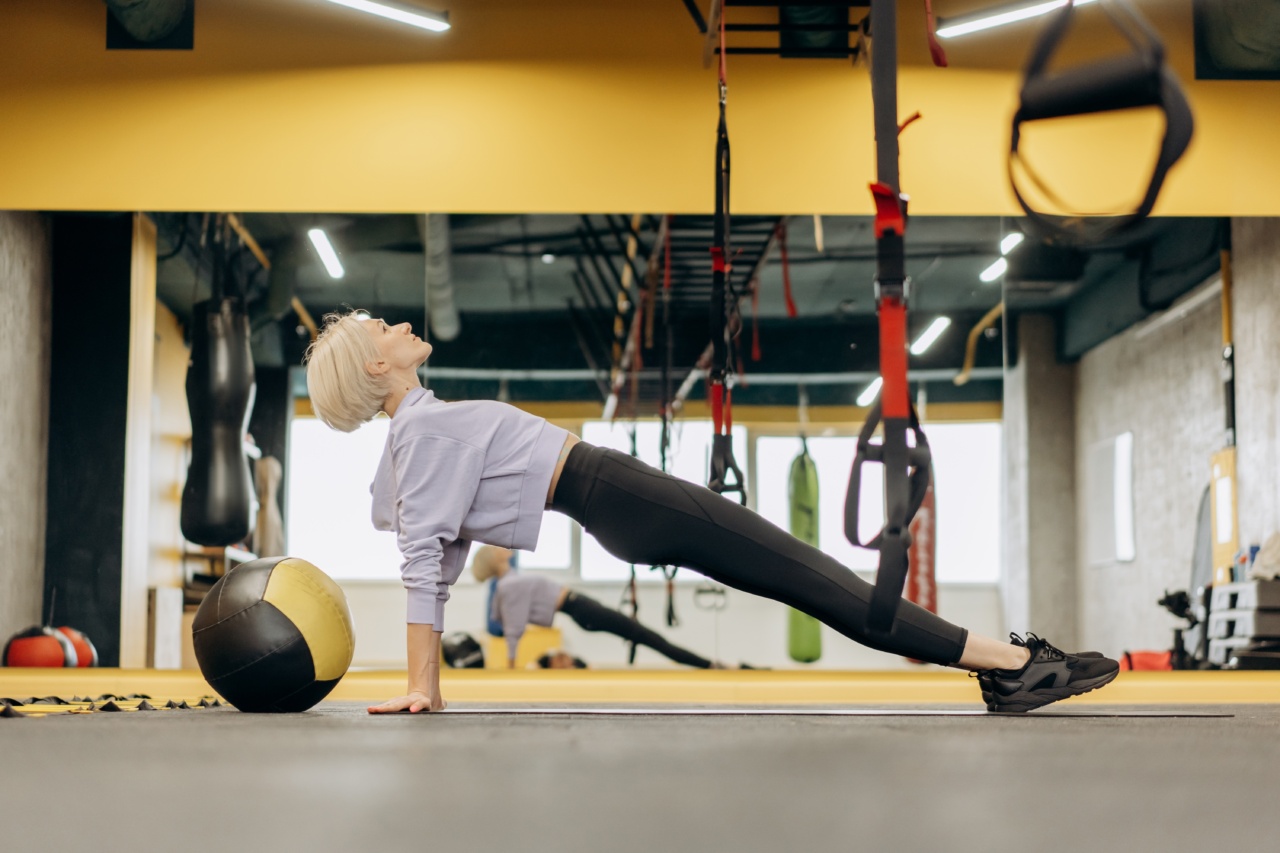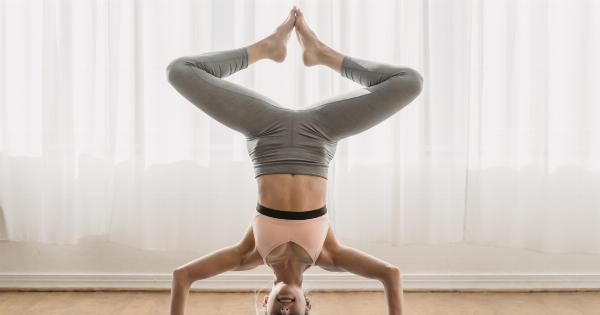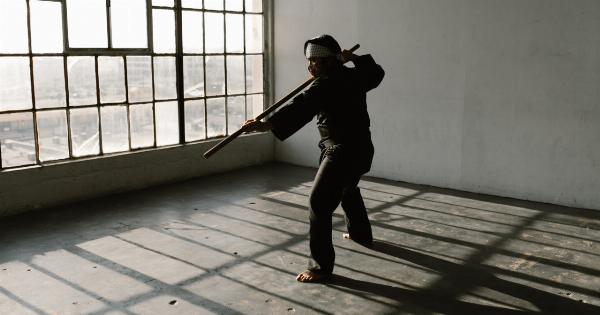When it comes to building strength and stability in your lower body, few exercises are as effective as squats.
The basic movement of squatting involves bending your knees and lowering your hips down towards the ground, then pushing back up through your heels to stand up tall. This simple yet powerful movement can help you develop a range of physical benefits, from stronger muscles and bones to better balance and coordination.
The Benefits of Squatting
There are plenty of good reasons to include squats in your fitness routine. Here are just a few of the key benefits:.
Increased muscle strength
When you squat, you work a variety of muscles in your lower body, including your quads, hamstrings, glutes, and calves.
Over time, this can lead to increased muscle strength and mass, which can improve your overall body composition and help you better perform everyday activities like walking, climbing stairs, and carrying heavy objects.
Better balance and stability
As you squat, you engage your core muscles as well, which helps to improve your balance and stability. This can be especially beneficial for older adults who may be at a higher risk of falls or injuries.
Stronger bones
Squatting is a weight-bearing exercise, which means it puts stress on your bones in a way that can help to strengthen them over time. This can be particularly important for women, who may be at a higher risk of developing osteoporosis as they age.
Improved mobility and flexibility
Performing squats through a full range of motion can help to improve your hip, knee, and ankle mobility, as well as increase your overall flexibility. This can translate to better athletic performance and a reduced risk of injuries.
Increased calorie burn
Due to the multi-joint nature of the exercise, squats are also a great way to increase your overall calorie burn during a workout.
Plus, building more muscle mass through squats can help to increase your resting metabolic rate, meaning you’ll burn more calories even when you’re not working out.
How to Perform a Squat
While squats may seem simple, it’s important to maintain proper form and technique in order to avoid injury and get the most out of the exercise. Here’s a step-by-step guide to performing a basic bodyweight squat:.
- Stand with your feet shoulder-width apart, toes pointed slightly outward.
- Hinge at your hips to begin lowering your hips and bending your knees, keeping your weight in your heels as you go.
- Continue lowering until your thighs are parallel to the ground or as low as you can comfortably go.
- Push through your heels to reverse the movement and return to standing tall.
- Repeat for 10-15 reps, or as many as you’re comfortable with, and take a brief rest before starting your next set.
Once you have mastered the basic squat, you can experiment with different variations to target specific muscle groups or add intensity to your workout. Some examples of squat variations include:.
Sumo squats
Similar to a basic squat, but with your feet positioned wider apart and toes pointed further outward, emphasizing your inner thigh adductors and glutes.
Jump squats
A plyometric exercise that involves adding a jumping motion to your squat, providing a high-intensity cardio workout while also targeting your legs and core.
Single-leg squats
This challenging variation involves performing a squat on one leg at a time, testing your balance and coordination while also strengthening your hips and glutes.
Integrating Squats into Your Routine
In order to get the most benefit from squats, it’s important to incorporate them into your workout routine in a strategic way. Here are a few tips to help you make the most of this powerful exercise:.
Start with bodyweight squats
If you’re new to squats or haven’t done them in a while, start with basic bodyweight squats to get accustomed to the movement and build up your strength and endurance gradually.
As you become more comfortable with the exercise, you can add weights or more challenging variations.
Focus on form and technique
Proper form is key when it comes to squats, so be sure to take your time with each rep and avoid rushing through the motion.
Keep your core engaged, your weight in your heels, and your knees tracking over your toes to protect your joints and get the best results from your workout.
Be consistent with your workouts
While squats can be incredibly effective on their own, they’re even better when paired with a well-rounded fitness routine that includes other types of exercises like cardio, strength training, and flexibility work.
Aim to do squats at least 2-3 times per week, along with other types of lower body exercises.
Try different variations
Don’t be afraid to mix it up with different types of squats, such as sumo squats, jump squats, or single-leg squats. Experimenting with different variations can help to challenge your muscles in new ways and prevent boredom with your routine.
Conclusion
Overall, squats are a versatile and effective exercise that can help to build strength and stability throughout your lower body.
Whether you’re a seasoned athlete or just starting out with your fitness journey, incorporating squats into your routine can provide a host of physical benefits that will help you look and feel your best.























